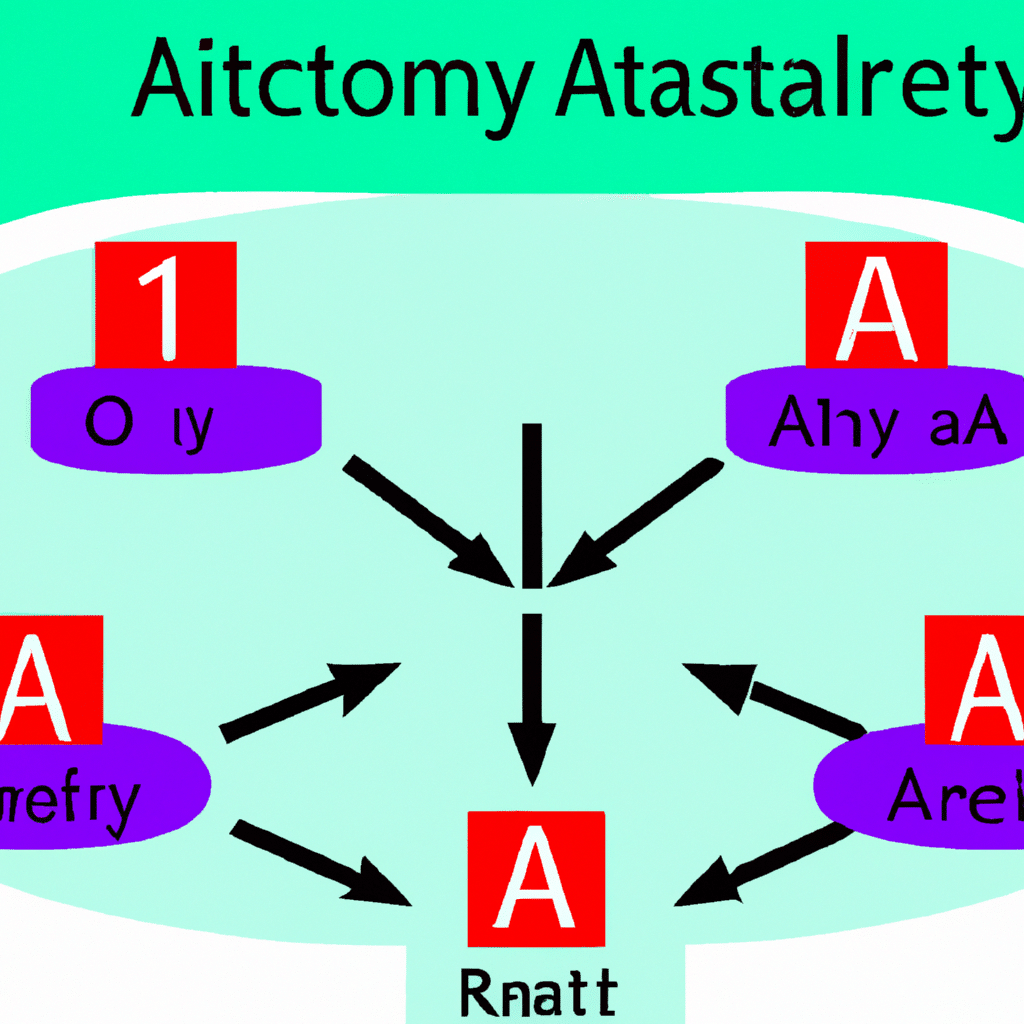Are you looking for a way to move your data beyond the basics of data storage and into something more powerful? Chances are, you need to create a one-to-many relationship in Microsoft Access. A one-to-many relationship is the foundation of many powerful data models and can make it easier to link several pieces of data together in a meaningful way. In this article, we’ll explore how to create a one-to-many relationship in Access and unleash the immense potential of your data.
Crafting the Perfect Relationships in Access
Creating a one-to-many relationship in Access is easier than you might think. All you need to do is open the Relationships window, select the two tables you want to relate, and then click the Create command. This will open the Edit Relationships dialog box, where you can specify the type of relationship you want to create. If you’re creating a one-to-many relationship, you’ll need to select the Enforce Referential Integrity checkbox and then click the Create button. Once you’ve done that, Access will create the one-to-many relationship, allowing you to easily link related data.
Unleash the Power of One-to-Many Connections
So what makes one-to-many relationships so useful? The most obvious benefit is that they enable you to link pieces of data that are related, but might not otherwise be connected. This can help you create more meaningful data models and better understand the data you’re working with. Additionally, one-to-many relationships can help reduce data redundancy, since related data is stored in separate locations.
Creating a one-to-many relationship in Access can open up a world of possibilities for your data. With the power of this type of relationship, you can create more powerful data models, reduce data redundancy, and understand your data in a more meaningful way. Whether you’re a beginner or an experienced user, learning how to create a one-to-many relationship in Access is an essential skill for working with data.
